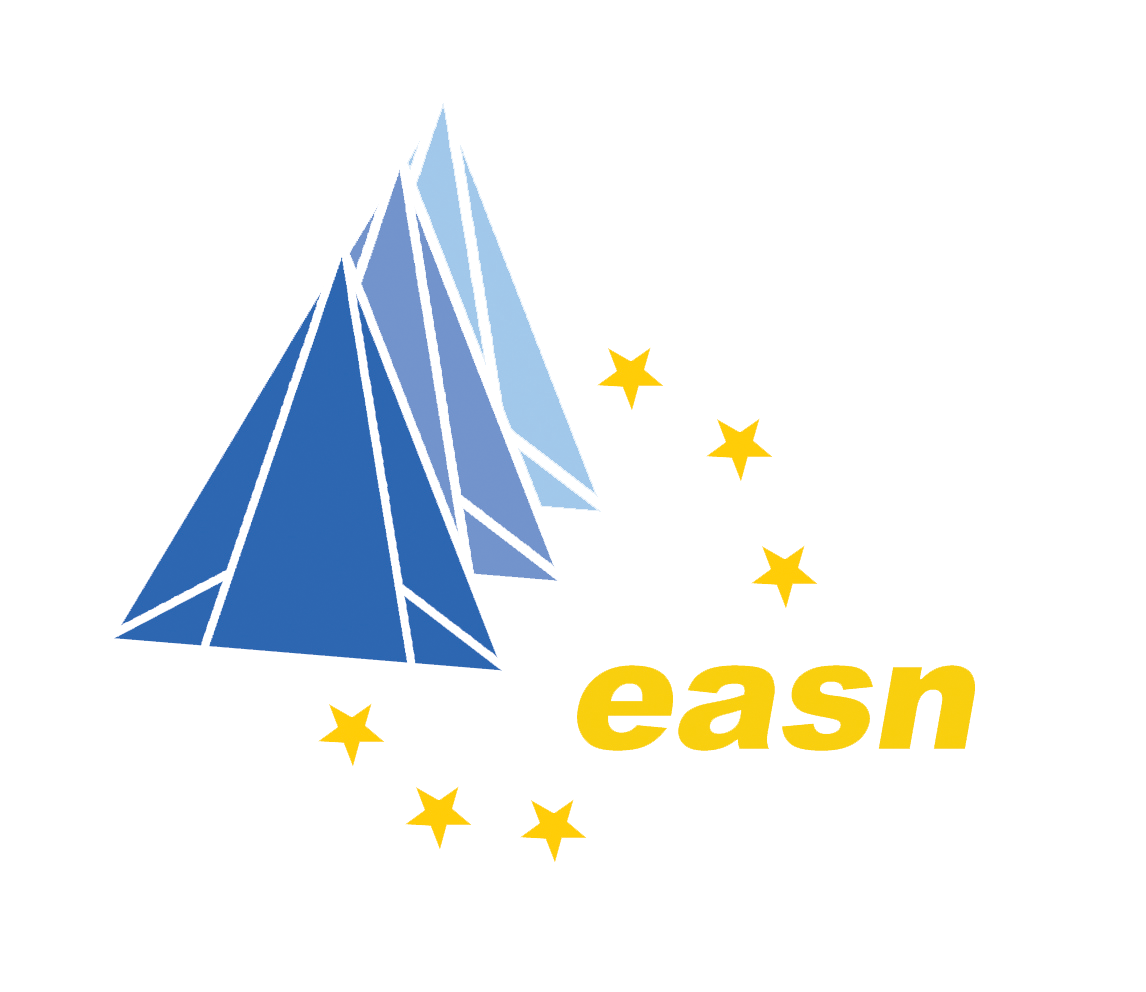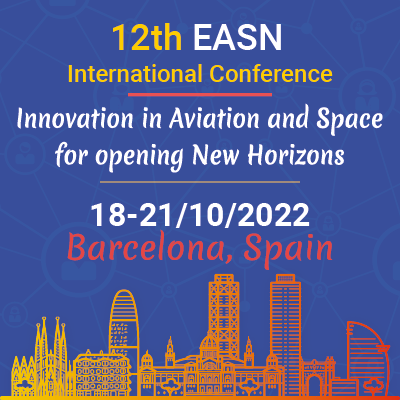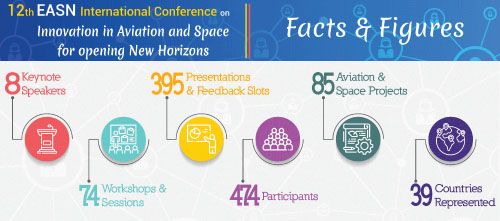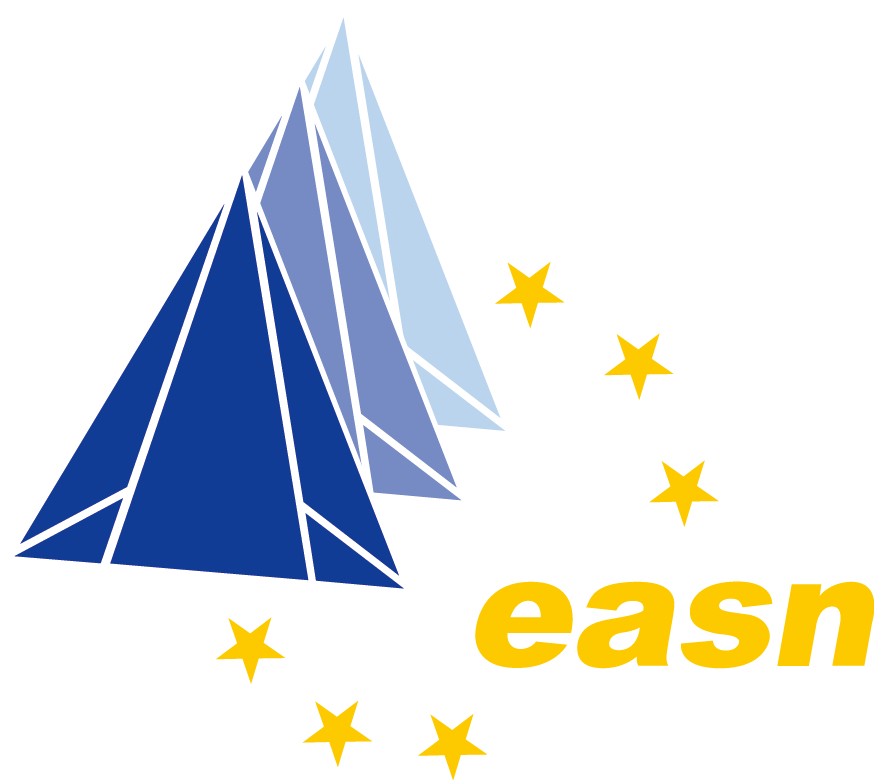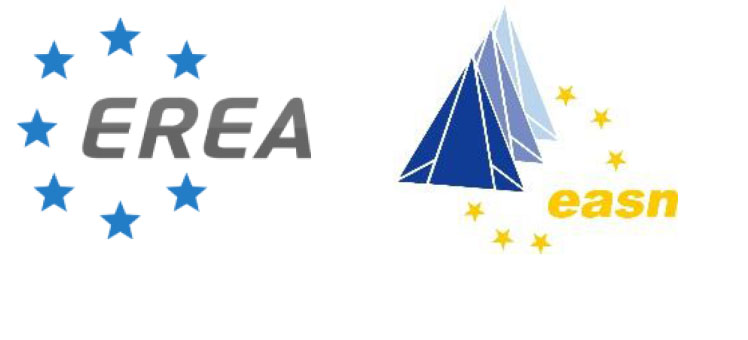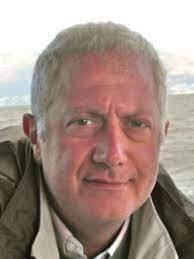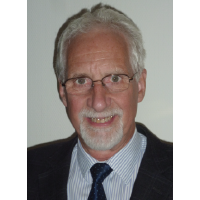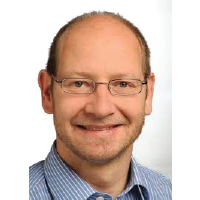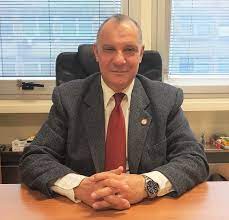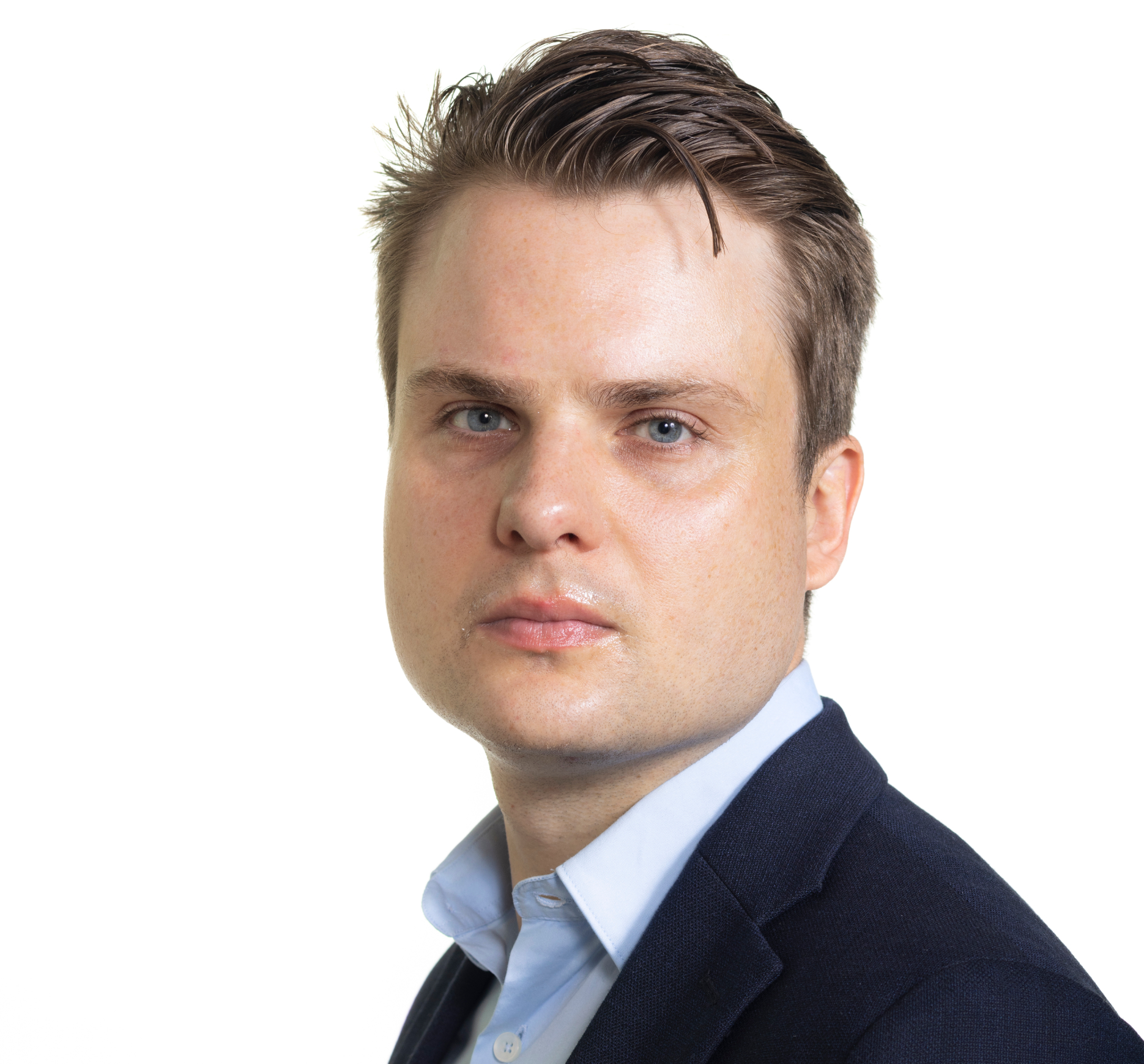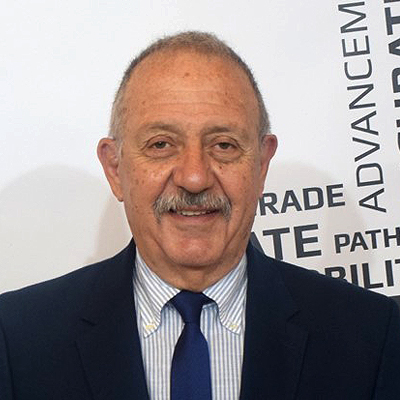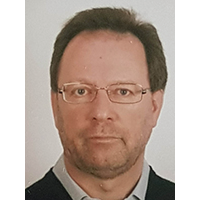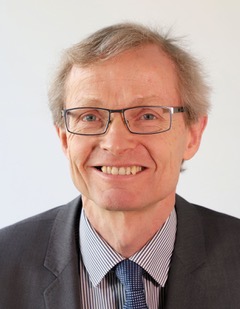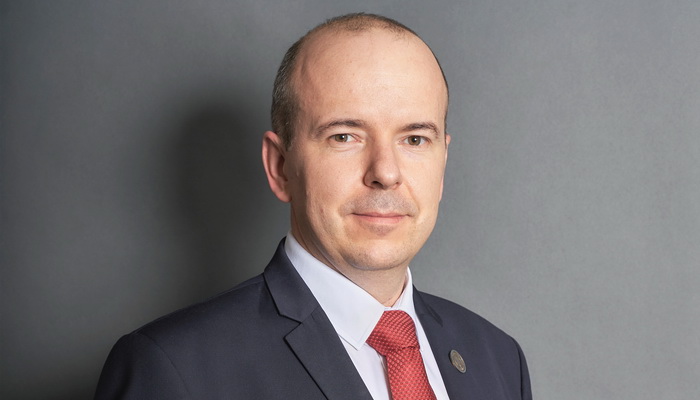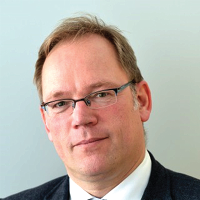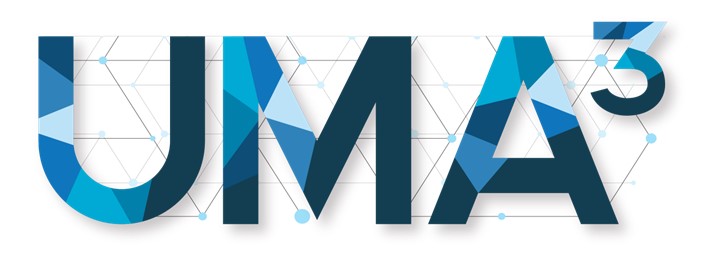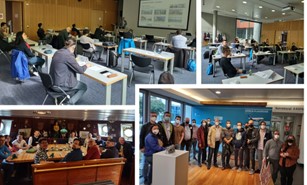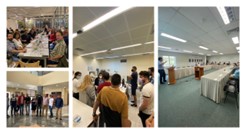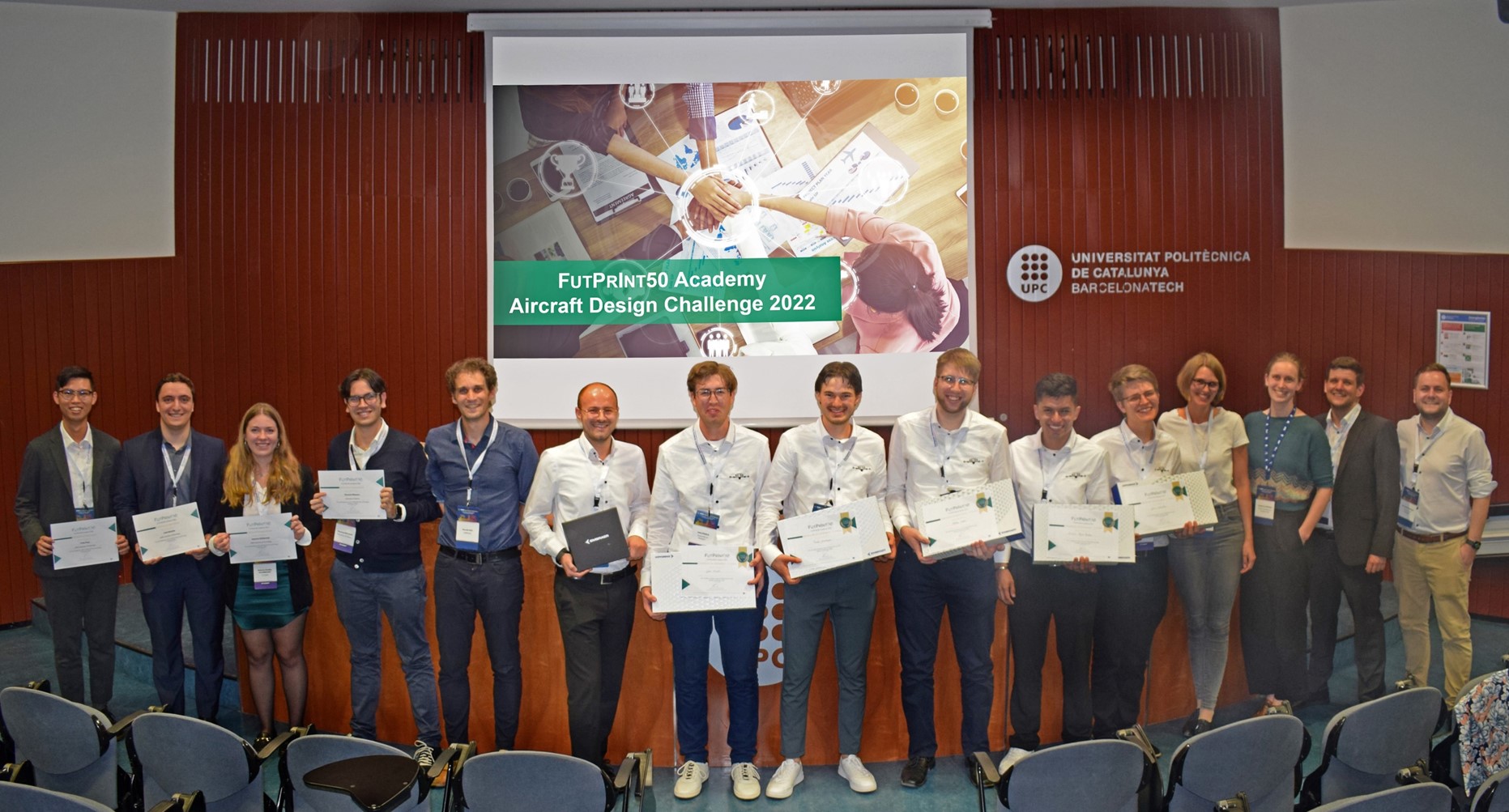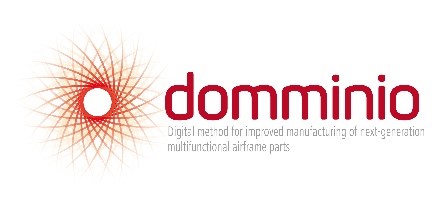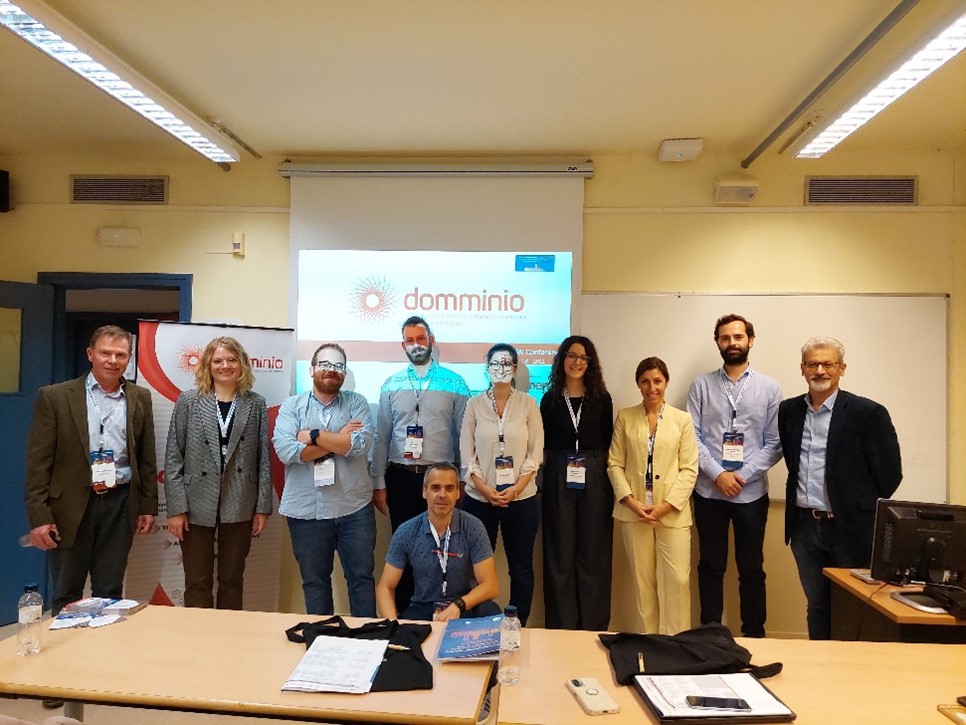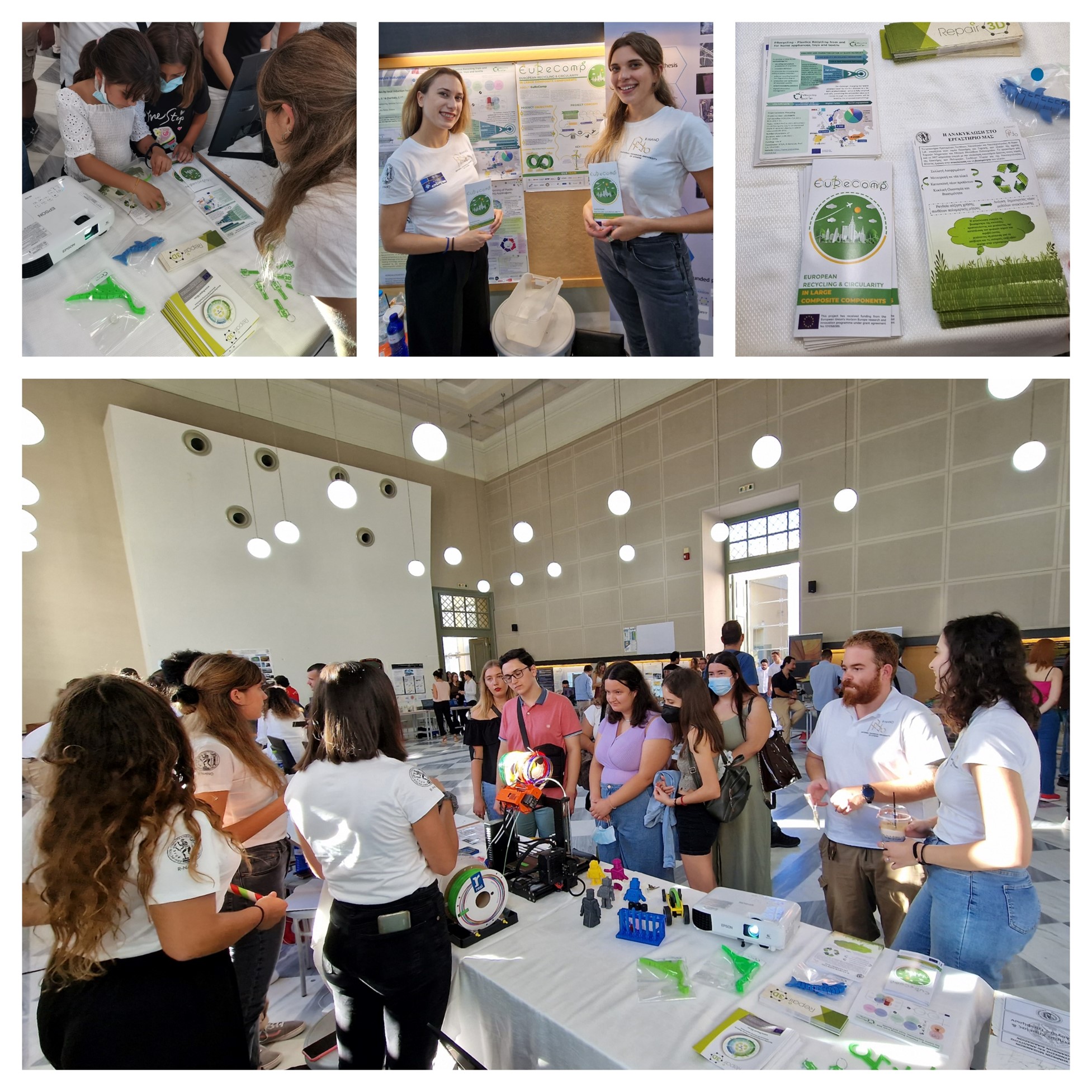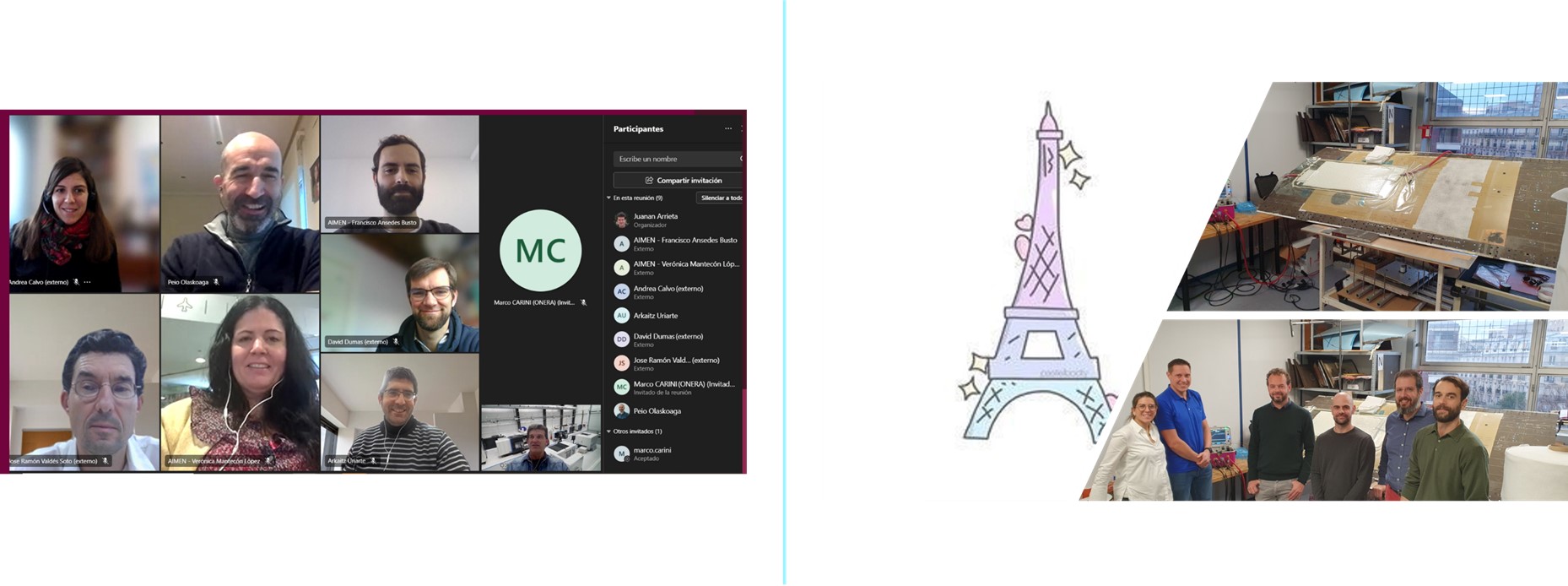Dr. Marco Protti is Vice President of Advanced Research in Leonardo Aircraft Division, Vice-Chairman of the Clean Sky JU Governing Board and ACARE Interim Co-Chair.
Q1: There are three basic and interconnecting factors:
a) EC decision that Clean Aviation shall target impact on mobility and emission in Europe by 2035 focusing on the two aircraft segments (SMR and regional) that together cover more than 95% of global EU aviation impact. The quite short time for implementation -given aviation timeline- and the large size of reference aircraft cause that only big industrial organizations able to manage technical integration complexity and certification/qualification as well as owners of big testing facilities are involved to quickly mature and test the new technologies at right scale. This decision puts aside the other segments where the academia participation is traditionally larger:
- those relevant OEMs, normally smaller, often require specific expertise in frontier technical areas to academia to support the development;
- those segments -including rotorcraft- are often for various reasons “simpler” or initial test beds for disruptive technology maturation. Again, academia is largely involved in the development of those test bed and execution.
In summary, such EC decision moves up the TRL, complexity and size of required effort beyond the “average” academia can offer. Several examples can be derived from CA Call 1 proposals supporting this analysis
b) EC decision on the JU partnership working framework. The JU framework asks for:
b.1) One call per year. Despite the disruptiveness of technologies may require a specific know-how to fix or better investigate a peculiar aspect discovered during the research, the partnership cannot be modified. Therefore, partners shall owe the capability to manage any kind of result and case. This ability is only owned by large industrial organizations or a few very large academia. But this decision has two consequences:
- It freezes the partnership at what decided at proposal set up and does not allow to adjust it to the novelties and needs as it was for CfPs actions in CS1 and CS2.
- It causes proposals are on average quite large to include all options and features. They cannot have a quick fix in case but wait another call.
b.2) Independent projects. Both MS and EC supported JU topics shall look for best “un-clustered” ideas that concur to the global JU scope on the basis of a common and shared planning and basic requirements. This approach works well if the partnership results will be actually integrated in a further opportunity beyond it (for instance Hydrogen Valley and SESAR implementation). On the contrary, Clean Aviation shall deliver unique flight demonstrators actually integrating the results of relevant “linked” projects in “form, fit and function”. This is a very relevant scope well beyond the former “qualitative” coordination. To deliver results compliant for “form, fit and function”, projects shall have a robust technical guidance and management close to real industrial projects and partners used to that (see also point above). Then, to reduce risks, academia is not the primary choice of proposal leaders.
b.3) Priority only to technical areas directly contributing to Clean Aviation GHG targets and demonstrators. Integration of Clean Aviation disruptive technologies on a real aircraft requires to consider both those contributing to reduce GHG and those making possible the former ones work well in the aircraft even if they are not directly carrying in a GHG reduction. The latter are a wide and broad set of technologies including digitalization at broad (simulation, analytical tools for design and project assessment, models), structural components, integration techniques, manufacturing processes, major component layout and shape. Those are normally the elective contribution of academia able to provide a specific solution to a specific challenge. Also in this case.
c) The poor connection between Clean Aviation and Collaborative Research in Cluster 5 and beyond. Today the envisaged crossed fertilization between Clean Aviation and Collaborative Researches is not achieved being different TRL, timing, scopes and working frames even if the topics might be similar in terms of high level concepts and key words. Collaborative Research are the elective area for academia and they could bring a relevant added value to Clean Aviation if a coordination is implemented reciprocally providing to academia a full visibility of Clean Aviation challenges.
Q2: The limited support of the best scientific expertise available in Europe from academia in critical issues that may appear during Clean Aviation execution (see point b above). Some areas complementary yet essential to Clean Aviation technologies for low GHG may be not pursued at all (see point b.iii above) with adequate skill and resources. The limited cross-fertilization between Clean Aviation and the other opportunities where academia normally participates. Clean Aviation may not be aware of good ideas yet available or not having available the best resources dedicated to solving an emerging problem not envisaged during proposal set-up.
Q3: Yes. Two are the key measures possible within existing Horizon Europe rules and frame:
- To promote a close cooperation between Clean Aviation and Collaborative Research implementing both a legal working frame to enact synergies and to define topics complementary each other on GHG themes and on technical areas besides GHG but still very essential for a sustainable aircraft. The original approach of Clean Aviation SRIA should be resumed.
- To introduce in Clean Aviation a mechanism for flexibility of partnership during execution allowing the proposals to improve their partnership and skills depending on actual needs from the on-going results.


